Although most people know that a list exists of the Seven World Wonders, only few can name them. The list of the Seven
Wonders of the Ancient World was originally compiled around the second century BC. The first reference to the idea is
found in History of Herodotus as long ago as the 5th century BC. Decades later, Greek historians wrote about the greatest
monuments at the time. Callimachus of Cyrene (305BC-240BC), Chief Librarian of the Alexandria Mouseion, wrote "A
Collection of Wonders around the World". All we know about the collection is its title, for it was destroyed with the
Alexandria Library.
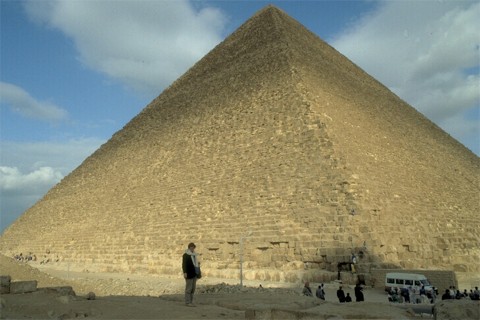
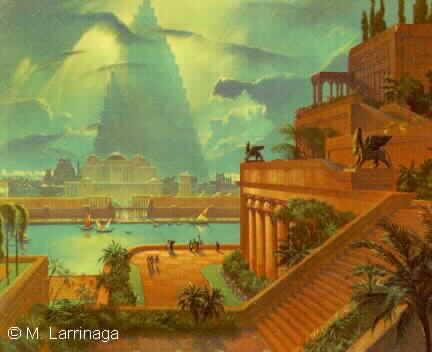
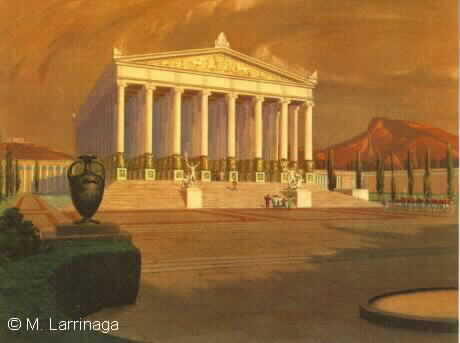
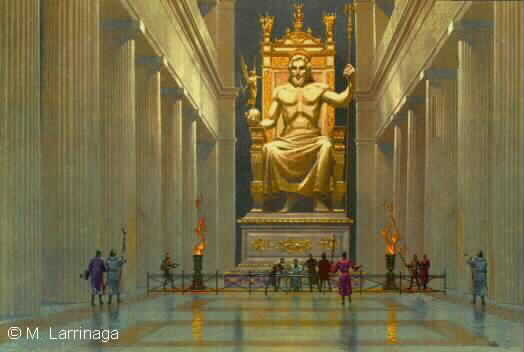

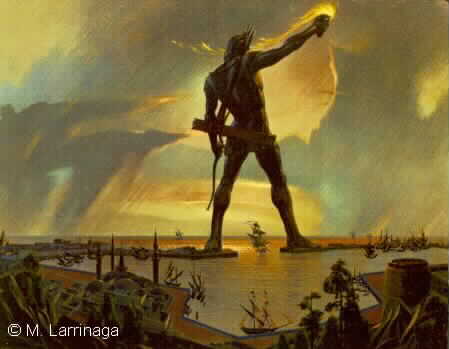

The final list of the Seven Wonders was compiled during the Middle Ages. The list comprised the seven most impressive
monuments of the Ancient World, some of which barely survived to the Middle Ages. Others did not even co-exist. Among
the oldest references to the canonical list are the engravings by the Dutch artist Maerten van Heemskerck (1498-1574), and
Johann Fischer von Erlach's History of Architecture.
Today, archaeological evidence reveals some of the mysteries that surrounded the history of the Wonders for centuries. For
their builders, the Seven Wonders were a celebration of religion, mythology, art, power, and science. For us, they reflect the
ability of humans to change the surrounding landscape by building massive yet beautiful structures, one of which stood the
test of time to this very day.
|





